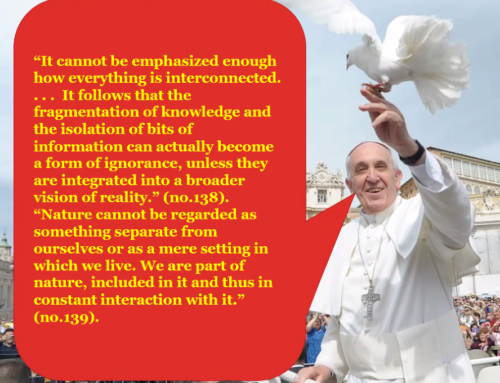Alfredo Pereira Jr., Chris Nunn, Massimo Pregnolato and Greg Nixon
Abstract
Contemporary theories of consciousness are based on widely different concepts of its nature, most or all of which probably embody aspects of the truth about it. Starting with a concept of consciousness indicated by the phrase ‘the feeling of what happens’ (the title of a book by Antonio Damasio), we attempt to build a framework capable of supporting and resolving divergent views. We picture consciousness in terms of reality experiencing itself from the perspective of cognitive agents. Each conscious experience is regarded as composed of momentary feeling events that are combined by recognition and evaluation into extended conscious episodes that bind cognitive contents with a wide range of apparent durations (0.1 secs to 2 or more secs, for us humans, depending on circumstances and context). Three necessary conditions for the existence of consciousness are identified: a) a ground of reality, envisaged as a universal field of potentiality encompassing all possible manifestations, whether material or ‘mental’; b) a transitional zone, leading to; c) a manifest world with its fundamental divisions into material, ‘informational’, and quale-endowed aspects. We explore ideas about the nature of these necessary conditions, how they may relate to one another and whether our suggestions have empirical implications.
Introduction
Academic interest in consciousness has flourished over the last 40 years, to an extent not seen since the late nineteenth century. The main contemporary lines of thinking about conscious activity can be assigned to four main categories:
- Reductive physicalism: The assumption that the physical world is a mind-independent reality, adequately described by (mainly classical) physics. Consciousness, within this paradigm, is generally treated as either a sort of illusion or alternatively as an emergent property of neural activity, rather as liquidity is an emergent property of H2O molecules;
- Idealism: The belief that consciousness is the ground of reality, while the material world derives from it;
- Dualism: The attribution of substantial and partially independent realities to both consciousness and the physical world. It comes in a variety of ‘strengths’ or ‘flavours’, ranging from substance (Cartesian) to property dualisms (e.g. based on dual aspects of information, as proposed by Chalmers, 1996);
- Panpsychism: The belief that consciousness in some form or other is intrinsic to reality, being present in varying degrees in all experienced reality. It is rarely clear whether or how this proposal may differ from property dualism, except that it is most often bottom-up, from micro to macro. Panpsychism is currently quite popular, but there are many versions and it is not clear which should be preferred. Constitutive and non-constitutive panpsychism are examples, as well as panexperientialism (Griffin, 1998b; Nixon, 2010a; Rosenberg, 2004), cosmopsychism (Nagasawa and Wager, 2017), animism (Abram, 1996), etc. There are various ontological explanations for panpsychism, as well (cf. Clarke, 2012; Strawson, 2006), especially as illustrated in edited collections (e.g. Brüntrup and Jaskolla, 2017; Nixon, 2017; Skrbina, 2009). What they have in common is that experience is taken to be universal — or primary elements can combine to make it so, as in panprotopsychism (Hameroff, 1998; Chalmers, 2017).
Many of us are unhappy with this taxonomy as each of its components иs of questionable adequacy in relation to a wide range of both logical and empirical considerations. (Our own publications that relate to these issues include Pereira Jr. et al., 2010; Pereira Jr., 2013; 2014; Nixon, 2010b; 2015; Nunn, 2013; 2015; 2016.)
This paper offers what we hope will prove to be a more useful framework on which to base enquiries into the nature of consciousness, a framework able to indicate where the categories of opinion outlined above may be pointing in useful directions and where they may go astray.
Starting with a concept of consciousness indicated by the phrase ‘the feeling of what happens’ (see Damasio, 2000), we attempt to build a framework capable of supporting and resolving divergent views. We picture consciousness in terms of (actual) reality experiencing itself (its potentialities) from the perspective of cognitive agents. Each conscious experience is regarded as composed of momentary quale-endowed feeling events that are combined by recognition and evaluation into extended conscious episodes.
Relative to the ambition of the project, this paper represents a modest starting point. We present a schema or outline of an ontological framework for consciousness, which is in effect an attempt to provide a useful, coordinated summary of extensive writings published elsewhere by ourselves (and many other authors).
The Framework
The diagram below (Figure 1) shows three ‘phases’ of reality (from left to right) and three aspects (from the bottom to the top) contributing to the basis of our manifest (‘actual’) world. Arrows represent principal interrelationships between the various named phases and components.

